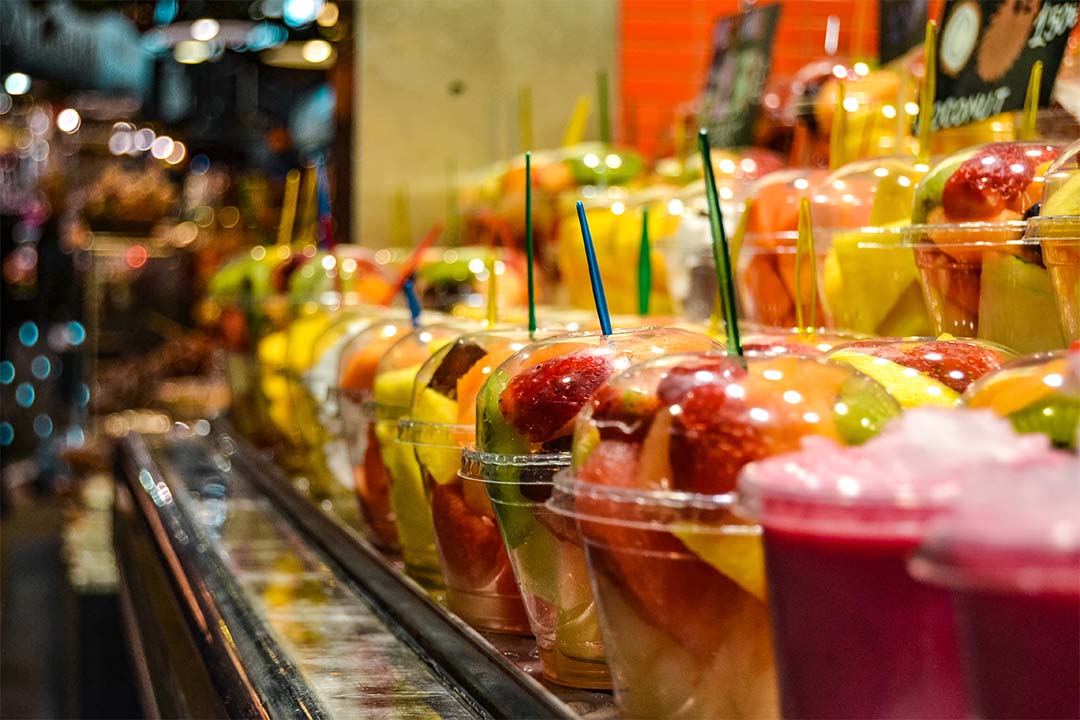As the world becomes more aware of the dangers of climate change, eco-friendly and sustainable practices have emerged as important qualifiers in the minds of consumers and retailers, determining with whom they do business. However, due to its popularity, the term “sustainability” is very misused, especially when employed in relation to the food industry.
This has led to a paradox where companies and businesses have benefited from marketing themselves as sustainable even when their practices were not sustainable, a phenomenon known as greenwashing.
It is evident that a more in-depth analysis of the matter cannot be postponed as we are striving to develop an unabridged solution-based approach to feed a growing population. On a more specific level, the fresh-cut industry stakeholders have the opportunity to make an enormous difference on the quest for a healthier planet.
Fresh-cut produce items, being already trimmed, pre-washed and portioned are an entirely usable product, as the contents of the package is available for consumption without waste. Also, thanks to the multiple formats and weights, portions are available for different consumers from singles to families.
From the processing perspective, reducing waste is the first area to consider, and this is accomplished by examining the operations of a processing plant. The quantity of produce-related waste generated should be measured initially and successively after implementing waste reduction strategies. The target is to fully reuse the production waste in a perfectly circular perspective (mainly for animal feed or biogas), without throwing it away as is the case with domestic preparation of produce.
With regard the processing equipment, it is of upmost importance that the units are manufactured according to stringent and updated hygienic design. This is an important factor to minimize waste while also reducing power and water consumption. Hygienic design has other economic and ecological advantages: faster and easier cleaning results in less downtime and a lower use of detergents and water. The transition zones of processing lines, where product is likely to drop, must be optimized to reduce waste. Also, a regular maintenance check-up of the equipment will ensure the maximization of the processed usable products.
Finallyon this matter,a significant role is played by the Internet of Things (also known as Industry 4.0), since this digital revolution allows manufacturers and operators to use automatic feedback monitoring to reduce waste and maximize production.
Likewise, the efficient use of power and water are of paramount importance. We need to consider that the present energy consumption in agri-food is unsustainable in the long term (an astonishing 30% world’s available energy is currently consumed by the whole industry). In this area a digital approach can assist in optimizing and reducing power consumption.
Also, since refrigeration and cooling can account for between 30 and 80 percent of the energy usage, specific ways to improve efficiencies in this area are essential. Strategies include using more efficient heat exchangers, the use of the most suitable refrigerant systems (i.e., with the highest degree of efficiency), implementing a robust maintenance system to include leak detection, and optimal thermal set points.
With reference to water consumption, it is well known that fresh-cut products are marketed as “ready-to-eat” without a killing step (such as pasteurization or sterilization), and therefore the washing phase is critical. In fact, in the processing of fresh-cut products, this is often the only stage in which foreign materials and tissue fluids are removed, while reducing microbial populations. The reduction of the water footprint during processing, without affecting food safety, is therefore an especially important challenge for industries of this sector and food researchers in general.
Packaging waste reduction is another area where producers of fresh-cut fruits and vegetables work constantly to develop innovative solutions, always with consumer trends in mind. In the fresh produce sector, using recyclable plastic wherever possible (and less plastic in general) is the new standard. In the long run, the use of plastic will be completely replaced by biodegradable and alternative materials. Producers of fresh-cut fruit are a switching to a top-seal packaging instead of a clamshell with a lid, and conventional plastic is being replaced by recycled plastic or coated cardboard.
Education plays a crucial role as well since the consumer is part of the equation as regards the correct disposal and future recycling of the packaging.
To ensure high product quality without any waste along the supply chain, companies have always invested in the production planning process to minimize the error between product supply and demand in the distribution channel of reference. This means having integrated relationships both with large-scale distribution and with the agricultural supply, to avoid waste even in the field. In any case, non-salable surpluses (for qualitative and/or commercial reasons) need not become waste but can still be 100% reused, mainly for animal feed.
Even if the limited space of this article does not allow an in-depth analysis of the issue, it should be clear by now that there is plenty of value in sustainability, as well as many risks associated with ignoring it. From cost savings to enhanced reputations, or from resource efficiency to positive stories directed at consumers, there are multiple benefits that can be achieved when addressing this complex and interconnected matter through a multidisciplinary approach. With the disciplines ranging from food technology and food safety to automation and engineering, it will be possible to overcome the obstacles to the future development of the fresh-cut produce industry.
